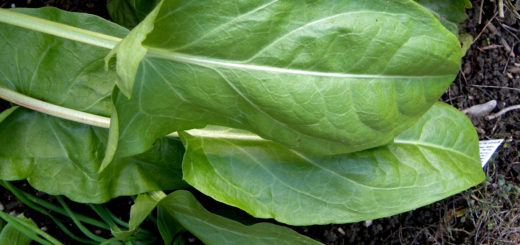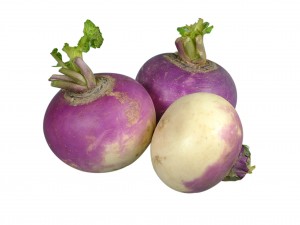Brussels Sprouts
When I was a wee one, hearing the term brussels sprouts would bring on a noticeable nose crinkles and a wholehearted, exaggerated “ew” face. And yet, for the life of me, I can’t remember a single time I actually ate a brussels sprout as a child. My parents were seemingly averse as well. As an adult, I fell head over heels in love with these petite, versatile green globes of goodness. Young brussels sprouts are mild and tender, and yet are hardy enough to withstand almost any type of preparation. I’ll halve and roast them with nothing but salt and pepper for the quickest, crowd-pleasing side dish. Or on cold, snowy days, I’ll mash them with butter, sour cream and parmesan for the ultimate in comfort food. If I’m feeling fancy, I’ll shred them thin and toss them in a salad, or a quick kimchee. Brussels are most certainly a well-loved staple in this household.
Brussels sprouts are a cabbage subspecies. However, unlike a cabbage, instead of growing a single head of vegetable per stalk, brussels sprouts sprout many heads on a single plant. If you go to a farmer’s market, you’ll spot stalks covered with a helix of brussels sprouts. In a grocery store, the sprouts have already been de-stalked.
While brussels sprouts were originally cultivated by French settlers in Louisiana, they were also favored and farmed by Thomas Jefferson in the early 1800s. Commercial production of brussels sprouts started in the early 20th century.
.taste
Brussels Sprouts Kimchee
Roasted Brussels Sprouts
Vegetable Poblano Chili





Recent Comments